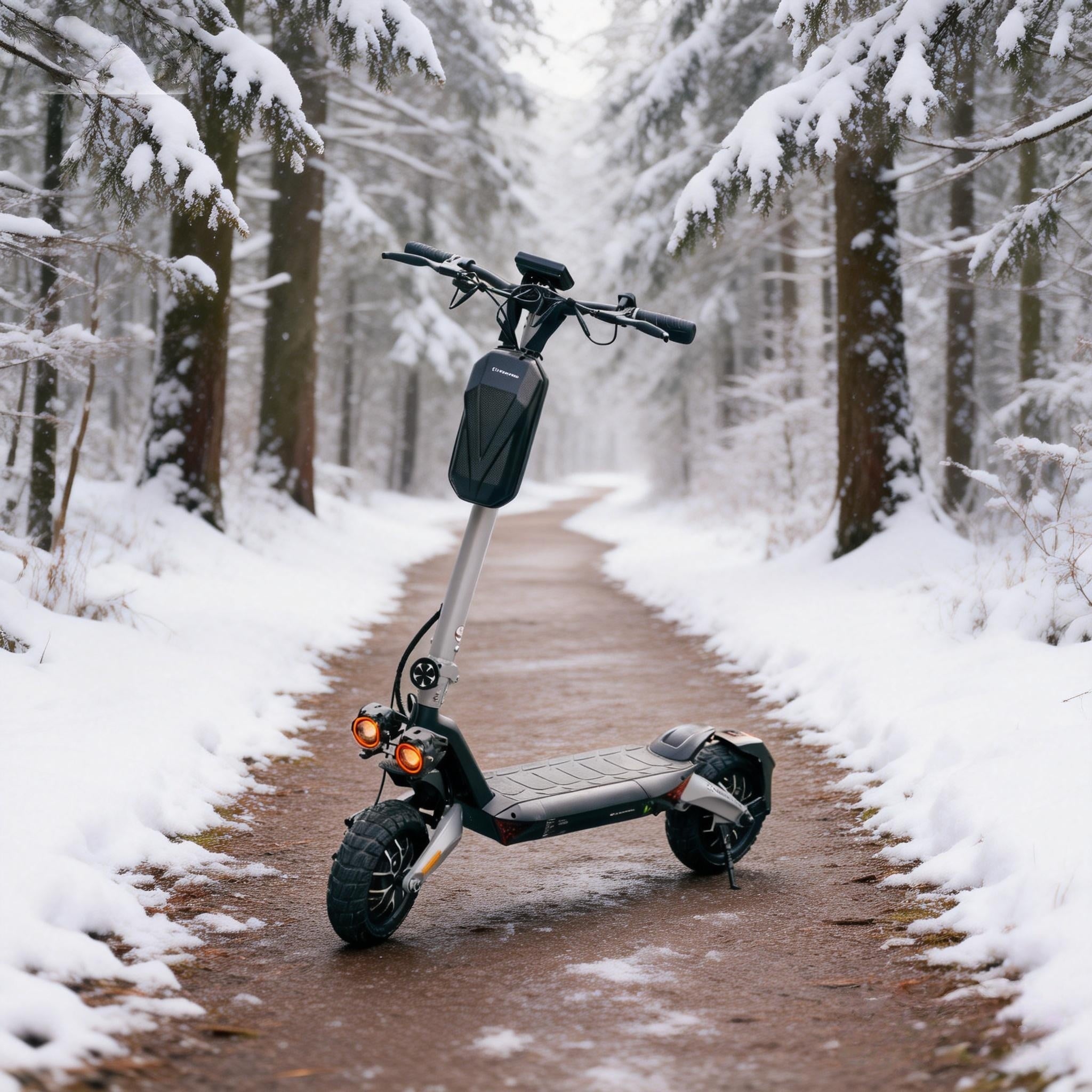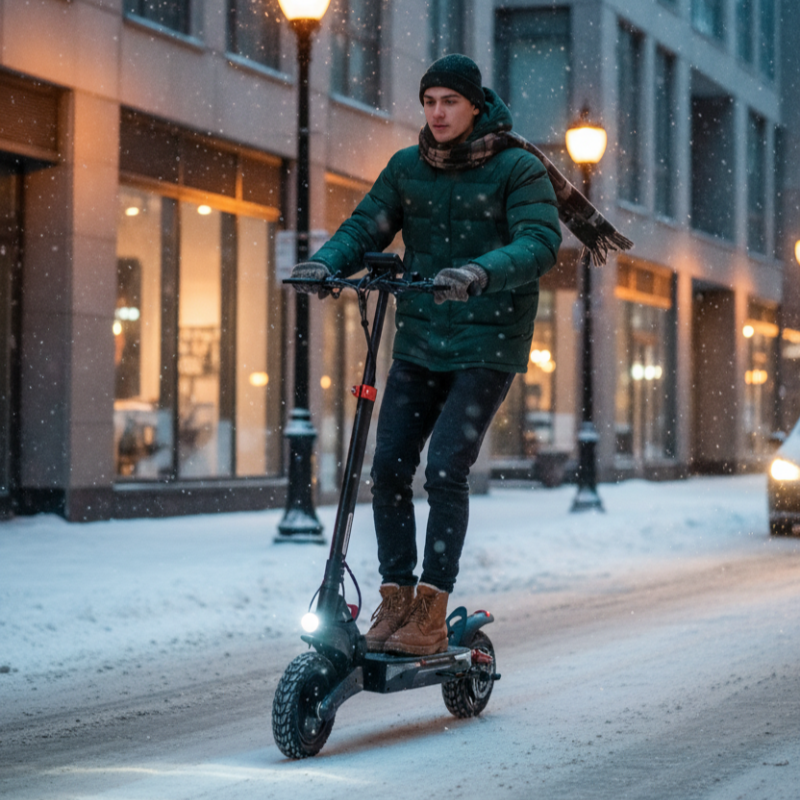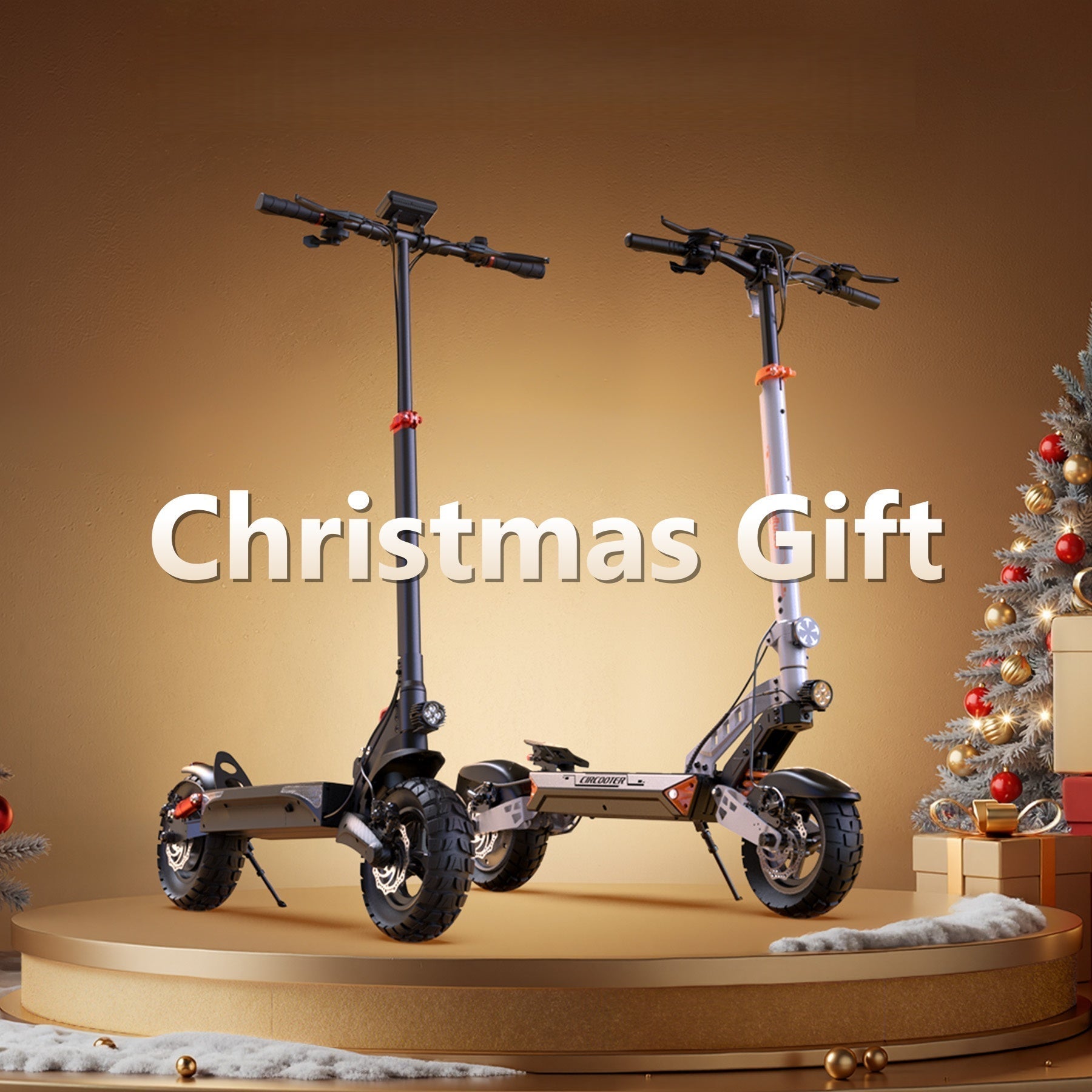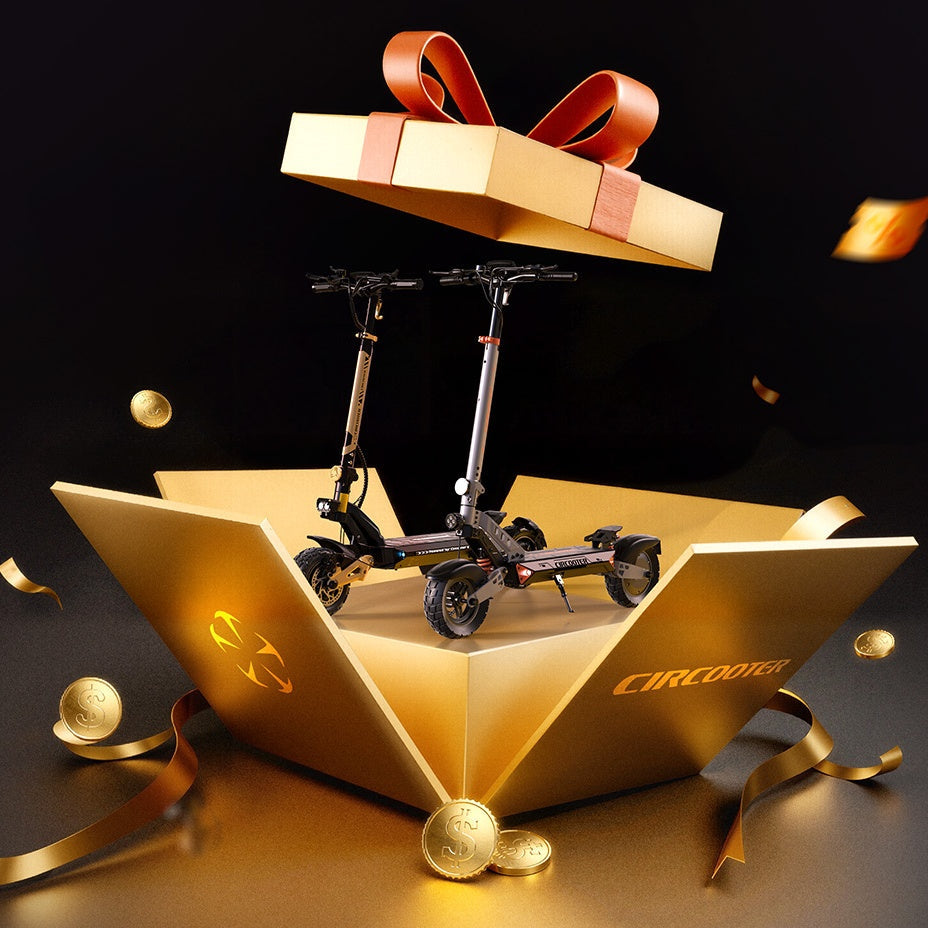New to e-scooters or riding daily to work? This guide covers the safety basics—gear, braking, visibility, terrain, and maintenance—with real-world tips and Circooter examples.
1)Start with the right gear
A helmet is non-negotiable. Add gloves, knee/elbow pads, and reflective details if you ride at dawn or dusk. Bright lights matter just as much as armor—being seen prevents accidents. For everyday campus or city use, the Circooter Landturbo pairs punchy acceleration with bright head- and taillights and a UL-certified battery system, so new riders get both visibility and peace of mind without over-spending.
2) Learn smooth control: braking, turning, acceleration
Most incidents come from hard grabs on the brake or sudden throttle twists. Practice in an empty lot: roll on gently, look through the turn, and brake in a straight line before corners. On more powerful rides—think models that can push into the high-30s mph—stable braking becomes critical. The Circooter Cruiser Pro uses dual hydraulic brakes to keep lever feel firm and predictable when you need to scrub speed quickly.
3) Manage speed with modes, not just willpower
Use beginner/eco modes until muscle memory kicks in; step up only when you can stop confidently from top speed. If you split time between city streets and rougher paths, the Circooter Landturbo Pro gives you extra headroom—smoother suspension for broken pavement and the poise to handle quicker cruising—yet still folds for easy stowage when you get where you’re going.
4) Be visible and predictable in traffic
Ride in a straight line, signal early, and hold a lane position where drivers can actually see you (not hugging parked cars). Keep lights on in low light, avoid headphones, and make eye contact at intersections. At night, add a reflective strap on your backpack or helmet.
5) Read the terrain (city vs. trail)
● City: Watch for potholes, manhole lips, painted lines in the wet, and right-turning cars. Cross tracks or seams as upright as possible.
● Trail/rough paths: Stand slightly bent at knees and elbows to absorb bumps; let the scooter move under you. Lower your speed where you can’t see the exit of a corner.

6) Quick pre-ride checklist (60 seconds)
● Tires: Squeeze for firmness; top up if soft—proper pressure improves grip and range.
● Brakes: Roll and test both levers; no scraping or spongy feel.
● Lights & horn/bell: On and audible.
● Folding latch: Fully secured; no play.
● Battery: Enough charge for the round trip (avoid running it to 0% routinely).
7) Locking, storage, and battery care
Use a sturdy U-lock on a fixed rack and keep the scooter inside whenever possible. Avoid extreme heat/cold; top up after rides rather than deep-cycling every time. If stored for weeks, leave the battery around mid-charge. (Both Landturbo and Landturbo Pro fold compactly—handy for office or dorm storage and for keeping the scooter out of the weather.)
When to choose which Circooter (safety-first lens)
● Landturbo: Great for new riders or daily city hops—strong lights, UL-certified system, and stable manners at everyday speeds.
● Landturbo Pro: Adds comfort and confidence on rougher routes with smoother suspension and higher cruising composure—use ride modes while you build skills.
● Cruiser Pro: For experienced riders who value high-speed stability and dual hydraulic braking—respect the power, gear up properly, and ride within local limits.
Conclusion
Ready to ride safer? Gear up, practice, and pick a Circooter built for control—Landturbo, Landturbo Pro, or Cruiser Pro. Shop now →https://www.circooter.com/collections/electric-scooter











Leave a comment
All comments are moderated before being published.
This site is protected by hCaptcha and the hCaptcha Privacy Policy and Terms of Service apply.